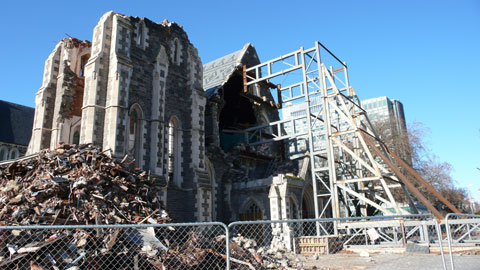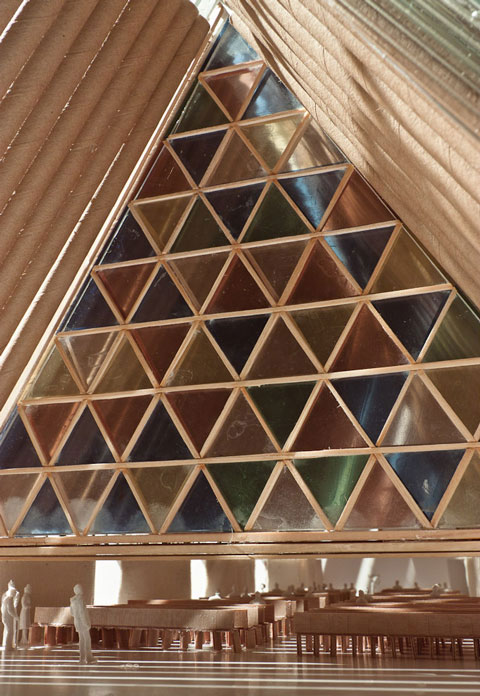Christchurch Cardboard Cathedral
/A series of earthquakes in February and June 2011 left the Anglican Christchurch Cathedral in Christchurch, New Zealand in ruins. But a plan is now in place to open a temporary remplacement building seating 700 on the one year anniversary of the first of those earthquakes.

This impressive feat will be the result of the paper architecture of Shigeru Ban. After the 1996 Kobe earthquake, the architect responded by designing temporary shelters constructed from cardboard tubes. Since then, Shigeru Ban has spent a substantial portion of his practice designing a wide range of structures, both temporary and permanent using the paper structures. The relief structures, for which his firm provides its services pro bono, range from larger churches and community centers to smaller housing structures and shelter partitions in the case of the more recent 2001 Tohoku earthquake and tsunami. They have also designed a system for airdropping a rolling machine, paper and other raw materials so that devastated remote communities can begin reconstruction immediately.
In its project proposal (PDF), the Christchurch Cathedral quotes Shigeru Ban summing up his attitude towards the role of architecture as:
“What kind of architecture do people need today? They need love. You need love to carry out good projects.”
This love takes a variety of forms here. It could be viewed as the collaborative nature of the project, particularly in its construction were the simple construction system allows volunteers from the community to provide the bulk of the labor. This is not about a financial savings; it is about establishing ownership and giving individuals the direct, hands-on ability to rebuild.
Or the love could be viewed as the pro bono contribution of the architects, a representation of the small but growing force of humanitarian architects disillusioned with the development-focused status quo of architectural practice.
Or there is the goal of reestablishing the life of the church as quickly as possible, enabling her to lead by example the reconstruction for the whole of the city. And there is certainly something to be said for doing this in a structure that regains more of the beauty and dignity of the church than a FEMA trailer. Detractors will of course protest spending a few million dollars on a temporary building, forgetting that any temporary building will come with a price tag and that a permanent building would take years to complete. The continuity of the life of the church community--both her liturgy and her mission--is of the utmost importance, then this type of remarkable expedited reconstruction fulfills that criteria. And nowhere is this more important than a cathedral, where the building itself is so substantial a part of the church's presence in and service to its city.
[youtube_sc url="http://youtu.be/XMrVrGD_r2k" modestbranding="1" autohide="1"]


